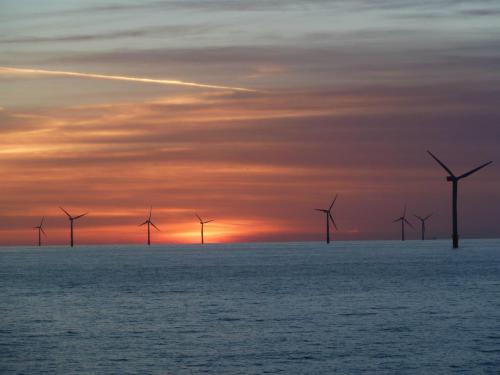Offshore Site Investigation Scoping and Design
Offshore site investigations provide critical data at the start of a development project as part of the feasibility studies and concept design stages. The acquired data is used to construct a ground model that will characterise the geological units and the geomorphological seabed conditions for the whole site, both laterally and to depth for any required foundations. Generally, desk studies and a geophysical and hydrographic survey will precede the geotechnical survey in order to provide initial data for the site conditions and identify features and potential hazards. Preliminary in-situ testing and core sampling locations will ground truth the geophysical interpretation and allow further refinement of the ground model.
Developments that cover large areas, have complex geology, or have deep pile foundation requirements, such as offshore wind farms, may require two or even three site investigation stages; each will be more detailed and focused on specific areas as the design and ground model is further refined. Site investigations for burying a power cable or pipeline can to be as challenging as those for deep foundation design as, though they are only focused on the top few metres of the seabed, the distances covered and the range of geomorphology encountered can be considerable.
The scoping and design of an offshore site investigation requires a comprehensive understanding of the technical requirements, together with a depth of knowledge of the available equipment and techniques in order to best meet them. In the UK and Europe guidance notes for offshore site investigations and technical standards for the methodologies can be found from various governmental and industry bodies such as; The Society for Underwater Technology, BSH, NORSOK, ISSMGE, British Standards Institute, and the various Eurocodes. Occasionally the US ASTM standards are employed for specific techniques.
Well written and comprehensive Scope of Work and Technical Specification documents clearly stating the equipment to be used, the methodology of deployment and the acceptable data standards should be provided for the Contractor and all stake holders. Where necessary third-party specialists may be required to draft certain sections, such as regarding potential Unexploded Ordnance (UXO) or pressurised gas deposit identification. During the tendering process, the returned proposals should be compared to the sections within these documents to ensure that they have been understood and will be complied with.
Whilst the budget for the site investigation should be kept to a reasonable level it is important to realise that sufficient data needs to be obtained to satisfy the needs of both the designing engineer and any third-party insurance certifier. In the grand scheme of the development the initial site investigation is a very small part, but if it is of poor quality or insufficient scope the financial effects later on in the project can be very significant.


